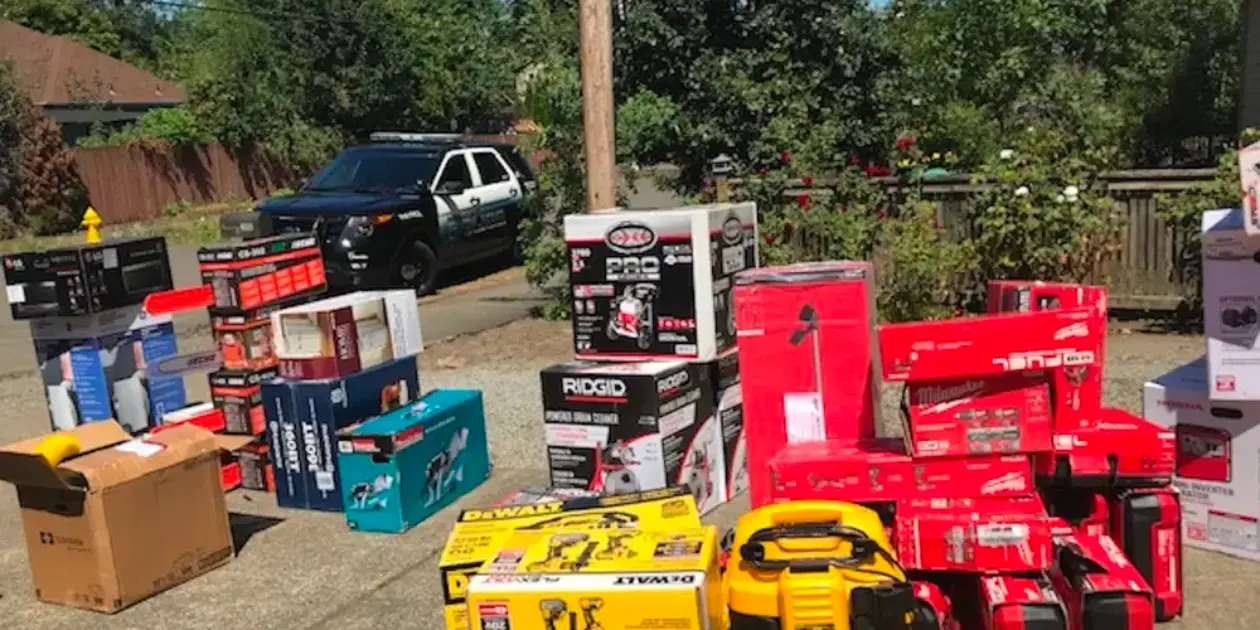Organized Retail Crime is far more damaging than individual shoplifting. The recent uptick of ORC has left retailers wondering how security can fight back?
If your organization—like many others—is experiencing ORC, you’re probably already very familiar with the difficulties retailers face in trying to prevent ORC from happening and trying to prosecute criminals involved. Prime Secured has worked with many companies suffering from ORC to give them training and technology they can use to keep their staff and products safe, and we believe we’re seeing a shift toward mutual cooperation between different retailers to fight this wave of incidents. By arming the industry with information, and by working together, we may be able to curb the rise of these crimes.
"ORC is impacting every genre of retail. Retailers continue to lose their product to ORC; impacting sales, inventory accuracy, profits and margins. This also effects their ability to fulfill customer online orders. Although these are significant impacts to retail, ORC is also impacting the safety of our customers and employees due to the increase of violence,”
First, it’s important to understand exactly what the phenomenon is, how it works, and what the true losses are for retailers and their customers.
Not Simple Shoplifting
Organized retail criminals aren’t your garden-variety thieves. They know their way around store security systems—and around the law.
One of the biggest problems with prosecuting these thieves is that they carefully choose the value of items they steal to stay below the amount that would make their crime a felony, significantly reducing their personal risk. Once one thief has reached the limit, they’ll move on to another store where—according to the laws in some areas—they’re starting with a fresh record that reduces their risk of bigger fines and longer prison sentences. Meanwhile, the person heading the operation will send another thief to continue stealing from the first location.
Using methods like these, criminal organizations acquire large quantities of goods they later sell online. In some cases, stores have even wound up buying their own goods back from the thieves, to fill the empty shelves created by the theft!
The Cost of the Rise in Thefts
Those empty shelves represent the way organized retail crime causes harm beyond just the cost of the goods stolen.
It’s a problem when someone steals a single item for themselves, but it’s even worse when someone clears out the shelf. Currently, many stores rely on electronic inventory systems that let their customers check to see if an item is in stock before they come get it. When these items are stolen, of course, they aren’t accounted for in the inventory system. That can lead to frustrated customers who have taken time out of their day to come to a store only to find the item is no longer there. It’s not good for your store’s reputation.
That’s not the only way consumers suffer as a result of these crimes.
In some of the most egregious cases, theft can result in a harmful compromise in the quality of goods available. For example, in a number of cases, large quantities of baby formula (a common target for organized retail criminals) stolen by a group were found stored in very unsanitary conditions, at improper temperatures. These products were then sold to consumers or even other retailers who didn’t know the formula had been potentially ruined, unsafe to give to children.
What Can We Do?
Work Together!
With ORC, criminals band together to be more effective. But so can we. For example, by working together and freely comparing security data—such as security camera footage or records from facial recognition software or license plate readers—it may be possible for retailers build cases to prosecute specific individuals using a total theft value higher than the value of goods stolen from a single location.
Comparing data can also stop thefts from happening in the first place. If a security camera or a license plate reader recognizes an offender from a previous incident at another store, you can quickly alert law enforcement or otherwise take action to apprehend and prosecute a criminal to protect your store.
You may believe criminals are smart enough to work around this. It’s true that some are familiar with efforts being made to catch them and so are cautious in the way they approach a store they’re planning to steal from, but many are not that knowledgeable or careful. We have technology that helps us be smarter than they are.
Some criminals put masks on or take them off while in full view of parking lot cameras, where they mistakenly believe they’re not being watched. If a number of companies are willing to share data, it's possible to build a database of these individuals. Not only will this make it possible to quickly identify them, but it may also be possible to use the photos or footage to prove their involvement and secure legal action. In our view, this kind of cooperation is critical to the fight against ORC.
A key component of preventing organized retail crime is recognizing it. Without information tying different incidents together, it is difficult to separate the actions of these groups from individual shoplifters. Shared data paints a complete picture. Businesses with locations near yours may even want to consider splitting the cost of technology such as license plate recognition systems or other tools that help all of you keep track of who’s coming and going.
Changing Laws Provide Further Protection
Many states already have laws specifically targeting ORC, which makes it easier to prosecute those involved, but not all states do. If you live in an area without that kind of sanctioned protection, you may want to consider pushing for such laws to be adopted. New laws could make building a case against a criminal much easier—and make it more likely they’ll be caught.
State laws that do exist differ significantly in the amount of stolen product that elevates a case to the level of a felony. In some places, this trigger amount is as low as $200; in others, it’s over $1,000. A lower threshold could mean less-daring thieves. If they can get thrown in jail for stealing a small amount in your town, they are likely to go elsewhere where the threshold is higher.
The truth is that if thieves believe they won’t get away with a crime, they’re not very likely to commit it. For that reason, the effort to beef up laws is one of the most important ways to fight ORC. We need to ensure that criminals are being tried for complex organized retail crimes, not just minor shoplifting.
To Protect Your Organization from Organized Retail Crime, Start with the Basics
The rise in organized retail crime has left many retailers worried about the future. But it’s partly up to those who worry to take action. If the strategies retailers and law enforcement are using now allow criminals to minimize both the chance of being caught and the consequences when they are, this shift in the nature of retail crime could continue to cause significant damage, financial and otherwise.
Fortunately, as the world becomes more aware of this escalating phenomenon, society is adapting. Laws that specifically target organized retail crime are both disincentivizing these tactics and offering a tool with the potential to break up the groups involved. We encourage retailers experiencing ORC to pay attention to the basics before addressing specific protective technologies within stores. We are convinced that banding together and sharing information—building profiles of the offenders—makes it much easier to stop them.
If you would like to talk more about these basics of fighting ORC, or when you are ready to explore the latest technologies available to help you address the growing threat, visit Prime Secured.

